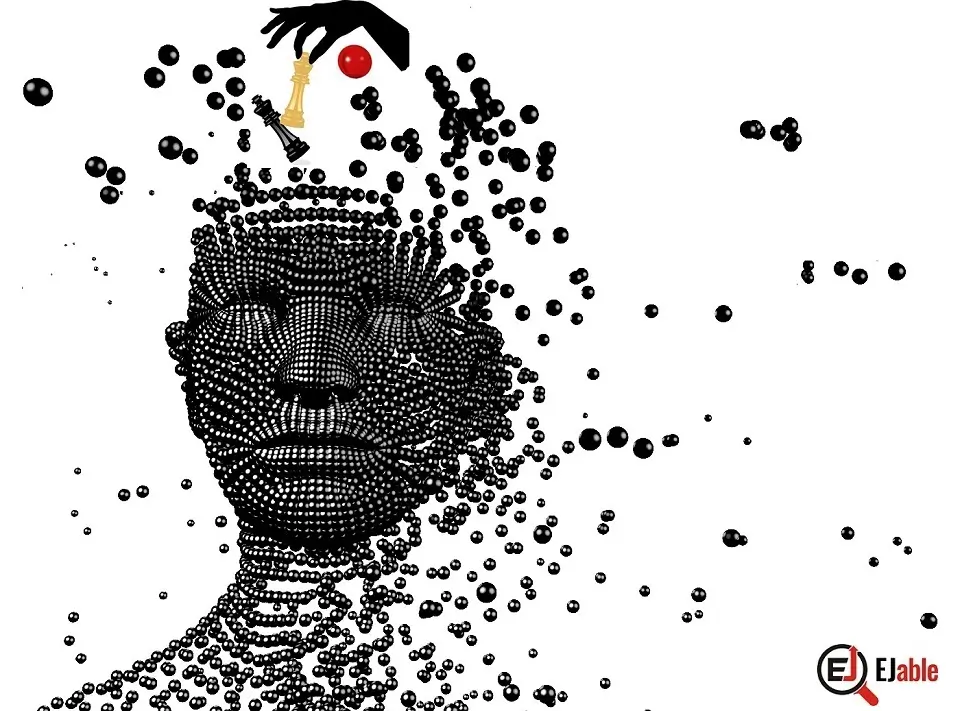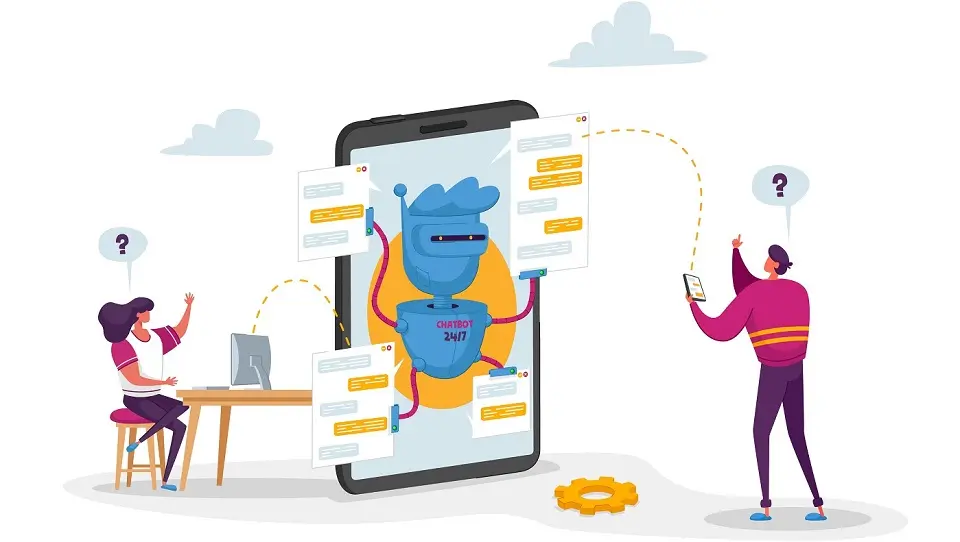A Guide to Artificial Narrow Intelligence (ANI)

Before we discuss Artificial Narrow Intelligence, let’s dive into this article; let’s quickly recap the definition of Artificial Intelligence:
Artificial Intelligence (AI) is the ability of a computer or a computer-controlled robot to perform tasks that humans usually do as they require human intelligence.
There are three types of Artificial Intelligence (AI):
- Artificial Narrow Intelligence (ANI)
- Artificial General Intelligence (AGI)
- Artificial Super Intelligence (ASI)
In this article, we will be going over the first type of AI, Artificial Narrow Intelligence; however, I will define the other two types to understand better how they differentiate.
What is Artificial Narrow Intelligence (ANI)?
Artificial Narrow Intelligence (ANI) is the computer’s ability to perform a single task extremely well, such as playing chess. ANI is considered a “weak” form of AI as its programming is limited to performing a single task.
What are Other Types of Artificial Intelligence?
Artificial General Intelligence (AGI) is when a computer program can perform any intellectual task at the same ability as a human.
Artificial Super Intelligence (ASI) is an AI that surpasses human intellect.
Features of Artificial Narrow Intelligence
We have only achieved Narrow Intelligence, yet it is still maturing. Machine Learning continues to develop, and Scientists are getting closer to achieving General Intelligence. However, that is still a few decades away.
Narrow AI is very goal-oriented, designed to perform singular tasks, and efficiently performs these tasks. Examples of this are:
- Facial Recognition
- Speech Recognition
- Self-driving cars
- Email spam filters
- Searching the internet
- Entertainment recommendations based on previous watch/listen/purchase.
Narrow intelligence is very efficient in what it does, and although these Machine Learning models may seem intelligent, they have a lot of constraints and limitations. This is why this type of AI is typically called weak AI. Narrow AI cannot mimic or replicate human intelligence; it merely copies human behavior based on a narrow range of parameters and contexts.
For example, let’s look at Speech and Language recognition. This has been implemented into our day-to-day lives with Siri on iPhones (if you’re an Apple user).
Siri has learned data and been taught to complete specific tasks. However, sometimes, when you ask Siri a question, it doesn’t understand what you are saying, and it gives you an answer that doesn’t fit your question. This could be due to Siri not having learned specific data to your request or not being taught it.
However, Narrow AI has made significant breakthroughs using Machine Learning and Deep Learning. For example, specific AI systems have been implemented into the healthcare industry, helping diagnose cancer and other highly accurate decisions through humanesque cognition and reasoning.
Types of Narrow AI technologies
Narrow AI techniques fall into two categories: Symbolic AI and Machine learning.
Symbolic AI
Symbolic AI or Symbolic Artificial Intelligence collects all techniques based on the representations of problems, logic, and high-level search in artificial intelligence.
Symbols are signs that we use to represent things. Communicating via symbols is one aspect that makes human beings intelligent; therefore, it is a crucial element in creating Artificial Intelligence.
In 1956, during a Dartmouth Summer Research Project on Artificial Intelligence summer workshop, early pioneers believed that “every aspect of learning or any other feature of intelligence can in principle be so precisely described that a machine can be made to simulate it.” As a result, symbolic AI took center stage and became the focus of research projects.
Symbolic AI requires programmers to define the rules of the behavior of an intelligent system, and it aims to create a rule-based system for AI systems.
Machine Learning
Machine Learning is an application of Artificial Intelligence that allows models to continuously learn and improve, using the experience by exploring the incoming data and identifying patterns with little human intervention.
A Machine Learning (ML) Engineer is a programmer proficient in researching, building, and designing software to automate predictive models. Their role is to build Artificial Intelligence (AI) systems that consume large amounts of data to generate and develop algorithms capable of learning and making future predictions.
The Machine Learning algorithm creates a mathematical representation of the data that can perform prediction and classification tasks, such as Fraud security in Banks.
For example, a Machine Learning algorithm can train on thousands of bank transaction data from the bank, stating their income and outgoings.
Training and understanding the pattern of a specific person’s bank statements, the algorithm will be able to raise awareness of a new bank transaction is an unusual behavior, leading to more investigation if the activity is fraudulent or not.
Machine Learning branches into different parts, such as Deep Learning. Deep Learning is a Machine Learning method that teaches computers to do what comes naturally to humans.
What are the benefits of using ANI for businesses?
1. Customer Engagement
For most businesses, customer engagement plays an important role and is one reason why most businesses are still here today. It helps to expand their market and see an increase in their sales.
ANI is applied in businesses via Chatbots, effectively and accurately answering queries without losing engagement. In Layman’s terms, a bot is a piece of software that can run automated tasks that are generally simple and repetitive.
This interaction makes it easier for customers to receive the answers they need in real time, rather than waiting on the phone to speak to customer services or have customer-facing interaction. This type of use of ANI continues to engage the customer with business, leaving them satisfied with the service. It also helps employers of the company to focus on tasks that AI systems cannot complete.
2. Productivity
The productivity of a business is related to its success of the business. ANI systems are more efficient at processing data than humans, which improves productivity and efficiency. However, time wasted on tasks for hours on end, which can be accomplished in seconds through an AI system, can detriment the companies’ productivity levels.
An example is IBM’s Watson, which helps organizations predict future outcomes, automate complex processes and optimize employees’ time.
An example of their work is in the healthcare industry. Watson uses ANI to review patient data and provides it in a format that makes it easier for doctors to analyze and make decisions based on it, such as care plans. The company allows healthcare service providers to utilize AI to craft evidence-based decisions, providing the best care possible for patients.
3. User Experience
I discussed the example of the usage of Siri for iPhone users above. Having assistants such as Siri increases the User Experience, as simple answers can be easily attainable. For example, when asking Siri where the nearest post office is, Siri will dive into a web of data and provide you with a list of choices.
However, it does more than provide you with a list of choices. It also states the traveling distance to these locations, the types of transport available, and a map of your current location.


Nisha Arya is a Data Scientist and Technical writer from London.
Having worked in the world of Data Science, she is particularly interested in providing Data Science career advice or tutorials and theory-based knowledge around Data Science. She is a keen learner seeking to broaden her tech knowledge and writing skills while helping guide others.



